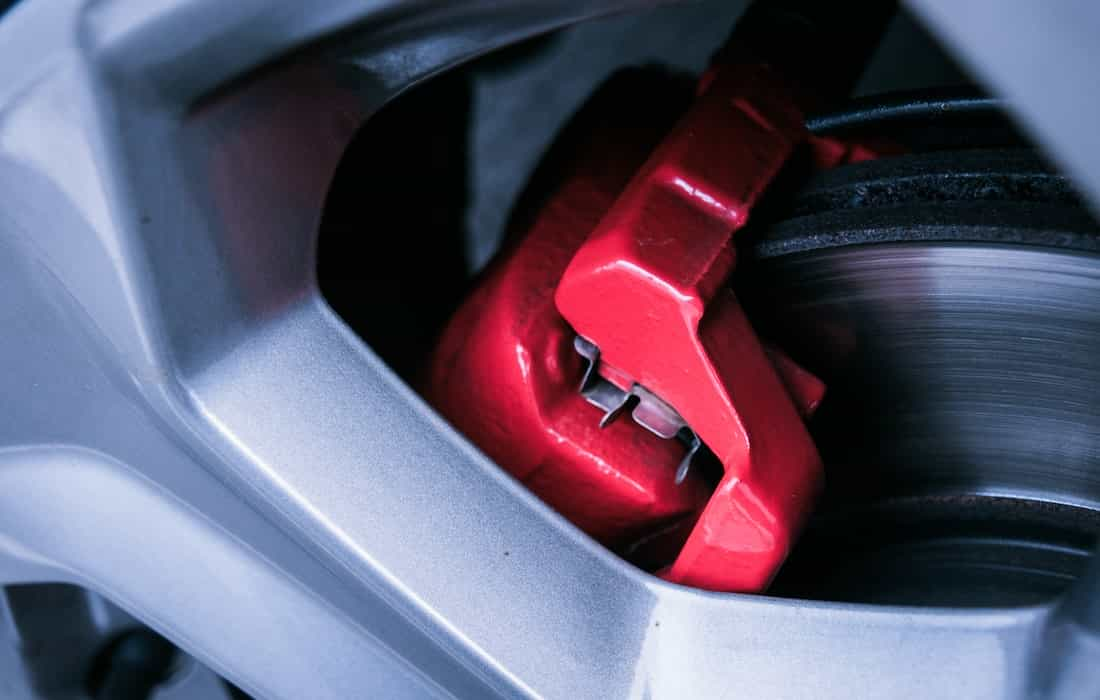It is crucial to ensure that your vehicle is roadworthy. The first step in doing so is to verify that your car’s registration and insurance documents are current. Following this, it is essential to inspect important parts such as your car’s brakes, lights, tires, and other essential elements to guarantee they are in excellent condition.
Regular maintenance and servicing of your car is another critical aspect of ensuring roadworthiness. By performing checks such as filter replacements, oil changes, and other routine maintenance, potential issues can be prevented, saving you money in the long run.
It is also important to ensure that your car’s emissions remain within acceptable limits. You can get your car’s emissions tested at a local mechanic or testing station. Additionally, you should regularly check your car’s fluid levels, such as brake fluid, transmission fluid, and coolant, to ensure that they are adequately topped up.
Lastly, it is vital to drive responsibly while on the road. This includes adhering to traffic laws, avoiding distractions while driving, and frequently checking your blind spots. By following these guidelines, you can guarantee that your vehicle is roadworthy and safe to drive not only this year but for years to come.
Simple Ways to Check Your Vehicle’s Roadworthiness
Checking your vehicle’s roadworthiness is an essential part of maintaining your car’s safety and reliability. One of the simplest ways to do this is to perform a visual inspection of your car’s exterior, including the tires, brakes, lights, and mirrors. Check the tires for any signs of wear or damage and ensure they are inflated to the recommended pressure. Inspect the brakes for any signs of corrosion or wear and check the brake pads for thickness. Test all of the lights, including the headlights, taillights, and indicators, to ensure they are working correctly. Finally, check the mirrors to ensure they are clean and adjusted correctly. By regularly performing these simple checks, you can ensure that your vehicle is roadworthy and safe to drive. Below is a list that should be helpful:
1. Lights

To guarantee your vehicle’s roadworthiness, checking your car’s lights is crucial. Begin by switching on your car’s headlights and walking around the vehicle to verify that all lights are functioning correctly. Examine the taillights, brake lights, and indicators to ensure they are all working correctly. Also, check the high-beam and low-beam headlights to ensure that they are aimed appropriately. Replace any bulbs that are not functioning or have them repaired as soon as possible.
Moreover, it is vital to ensure that your car’s headlights are free of debris and clean, as this can affect their brightness. You can use a clean cloth and soapy water to wipe the headlights and remove any dirt or grime. Finally, make sure that your car’s indicators are visible from all angles and flashing at the correct rate. By frequently inspecting and maintaining your car’s lights, you can guarantee that your vehicle is safe to drive and roadworthy.
2. Brakes

Ensuring your vehicle’s roadworthiness and safety includes checking your car’s brakes. One of the simplest ways to check your brakes is by listening for any unusual noises, such as squeaking or grinding, while braking. If you hear any abnormal sounds, have a mechanic inspect your brakes. You can also check your brakes by feeling the pedal’s resistance. The brake pedal should feel firm and not sink to the floor when you apply pressure. If the pedal feels spongy or sinks, you may have a problem with the brake system that requires attention.
Finally, verify that the brake fluid level is within the recommended range. Low brake fluid can impact your car’s braking performance and should be topped up or replaced if necessary. By frequently checking and maintaining your car’s brakes, you can ensure that your vehicle is roadworthy and safe to drive.
3. Mirrors

Checking your car’s mirrors is an essential part of ensuring your vehicle is roadworthy and safe to drive. Start by adjusting your mirrors to ensure you have a clear view of the road and surrounding traffic. Check that your mirrors are clean and free of any dirt or debris that may obstruct your view.
Next, test the mirrors to ensure they are securely attached to the car. Shake the mirrors gently and check for any wobbling or movement. Loose or damaged mirrors can be a safety hazard and should be fixed immediately.
Finally, check the mirrors’ functionality by testing the electric adjustment, heating (if applicable), and any other features. Ensure that the mirrors are easily adjustable from the driver’s seat and that they return to their correct position after being adjusted.
Also read:
4. Glass Condition

To ensure your vehicle’s roadworthiness and safety, checking your car’s glass condition is crucial. Start by examining the windshield for any chips, cracks, or damage. Small chips or cracks can usually be fixed, but larger ones may require a full windshield replacement. Next, inspect the side and rear windows for any damage or signs of wear. Any cracks or chips in these windows can weaken the glass and increase the likelihood of shattering in an accident.
Ensure that all windows are free of any obstructions or debris that may obstruct your view and that they can be rolled up and down easily. Additionally, check the windshield wipers for any signs of wear or damage and replace them if necessary. Finally, ensure that your car’s rearview mirror and any side mirrors are clean and adjusted correctly. Dirty or misaligned mirrors can obstruct your view and make driving more hazardous.
5. Tyres

To ensure your vehicle is roadworthy and safe to drive, checking the condition of your car’s tyres is essential. Begin by examining the tyre treads for any signs of wear or damage. The minimum legal tread depth is 1.6mm, but it’s recommended to replace the tires when they have less than 3mm of tread depth. You can use a tread depth gauge or the “20p test” to measure the tread depth. After that, check the tyre pressure with a tire pressure gauge. Underinflated or overinflated tyres can affect your car’s handling and braking performance, so ensure that the tyres are inflated to the manufacturer’s recommended pressure.
Inspect the tyres for any cracks, cuts, or bulges on the sidewalls, as these can indicate tyre damage or deterioration. Any damage to the tyres can compromise their safety and should be addressed immediately. Finally, ensure that your car’s spare tyre (if applicable) is in good condition and properly inflated. You don’t want to be caught with a flat tyre and an unusable spare in the event of a puncture.
Other Checks For Roadworthiness
Thorough inspections are necessary to ensure that your vehicle is roadworthy and safe to drive. These “hard checks” go beyond the easy checks and require more attention and expertise. A crucial aspect of these checks is the inspection of the vehicle’s suspension system. The suspension system includes shocks, struts, and other components that provide a smooth and stable ride. Worn or damaged suspension parts can affect your car’s handling and make it unsafe to drive. If you notice any signs of trouble, such as uneven tire wear, excessive bouncing or swaying, or unusual noises while driving, have your suspension system inspected by a mechanic.
Another hard check is the examination of the vehicle’s steering system. The steering system includes the steering rack, tie rods, and other components that allow you to control the direction of the car. A malfunctioning steering system can make it difficult to steer your vehicle and increase the risk of an accident. If you notice any problems with your car’s steering, such as a loose or stiff steering wheel, or if your car pulls to one side, have it inspected immediately. Don’t forget to Replace old, worn-out wiper blades and refill your windshield wiper fluid if needed, And make sure your papers are up to date.
Conclusion
By following these tips, you can help ensure that your car is in good condition and ready for safe driving on the road. Both your own safety and the safety of every other road user you encounter are affected by each of these factors. This is a significant issue that demands careful attention and consideration.










